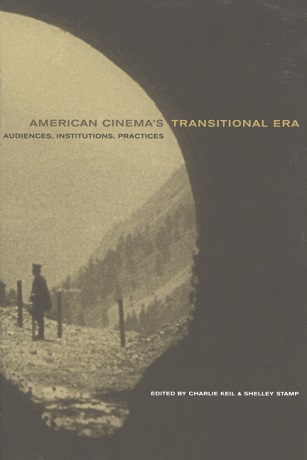The years between 1908 and 1917 witnessed what may have been the most significant transformation in American film history. During this "transitional era," widespread changes affected film form and film genres, filmmaking practices and industry structure, exhibition sites, and audience demographics. By the end of the period, cinema had moved toward the shape it would assume for decades under the studio system. This collection of new essays by prominent film scholars traces these myriad changes, presenting the most detailed and comprehensive portrait yet of this pivotal stage in cinema's development.
Topics under discussion include debates about cinema's place in American culture; the influence of an evolving feature format; the role of state censorship; emerging genres and audiences; onscreen depictions of gender, race, and nationality; changing exhibition practices and theater locales; and the emergence of Hollywood as the nation's film capital.
Contributors: Richard Abel, Constance Balides, Ben Brewster, Scott Curtis, Lee Grieveson, Tom Gunning, Charlie Keil, J. A. Lindstrom, Roberta E. Pearson, Jennifer Lynn Peterson, Lauren Rabinovitz, Ben Singer, Shelley Stamp, Jacqueline Stewart
Publication Type
- Book



